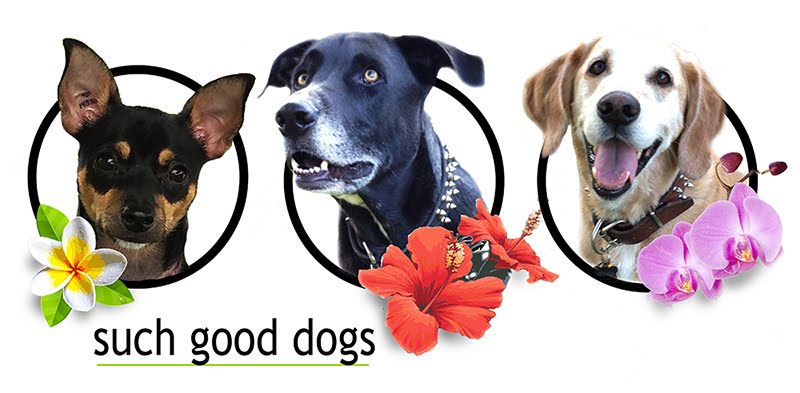Star Hound
iPhone Apps for Dogs/ Dog Game
Released: April 24, 2013
FREE
Star Hound
Run. Jump. Swing. Jet pack!
This game requires two hands to play. Your left hand presses the jump button on the lower left screen while your right hand prepares to touch buildings to swing from. Your left button controls both your jump, and jet pack. Don't forget to save some of your jet pack fuel for emergencies.
Overall I found the game to be a little bit of fun; however it is a fairly easy game that may tend to get a bit boring after awhile. The goal of your Star Hound is basically just to keep going, but there's no end point to get to. The occasional new starting point is your only real goal. Well that, and to have fun. You keep running, swinging, and jetting along a sky line containing space ships. Star Hound is able to swing from the space ships, but not land on them. Be careful not to swing into the clouds or you will have to start over. There are little refuel packs along the way to refill your fuel bar.
Apparently the aliens have come to take over the city and our last hope is to let Star Hound run along the tops of buildings. I will admit, the swinging from building to building is fun.
It's a game to pass the time, but will only hold your interest for so long.













